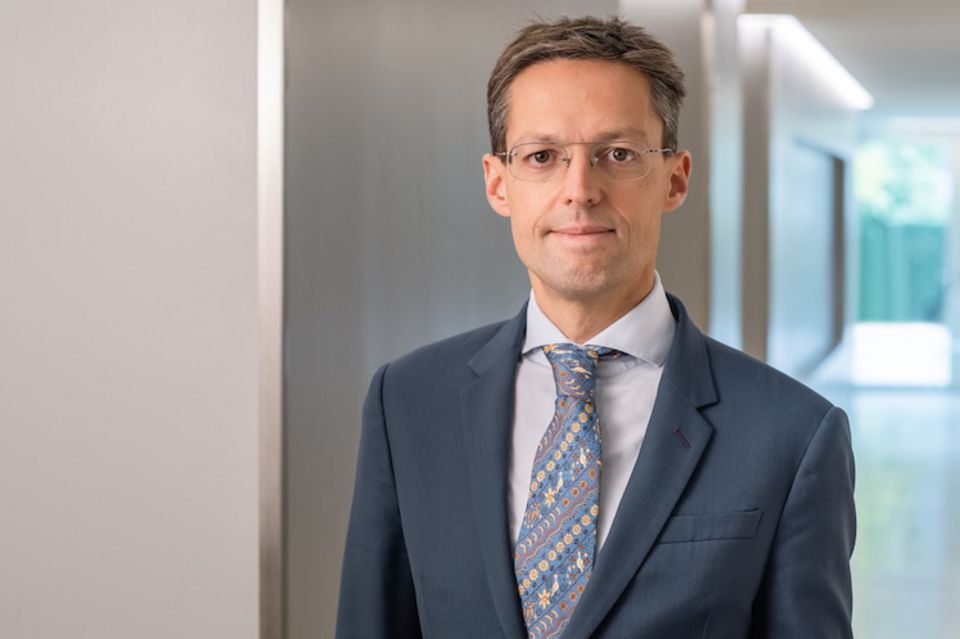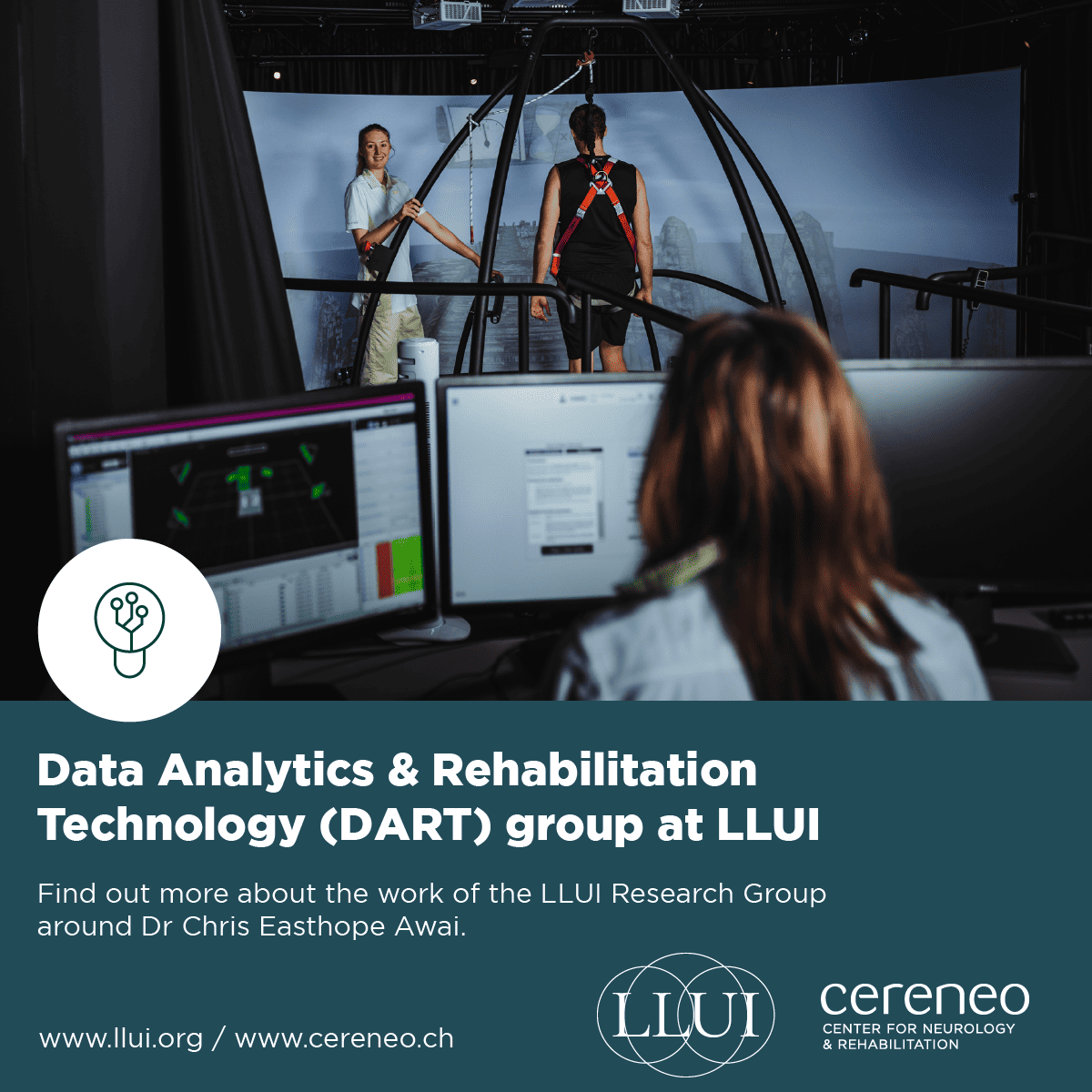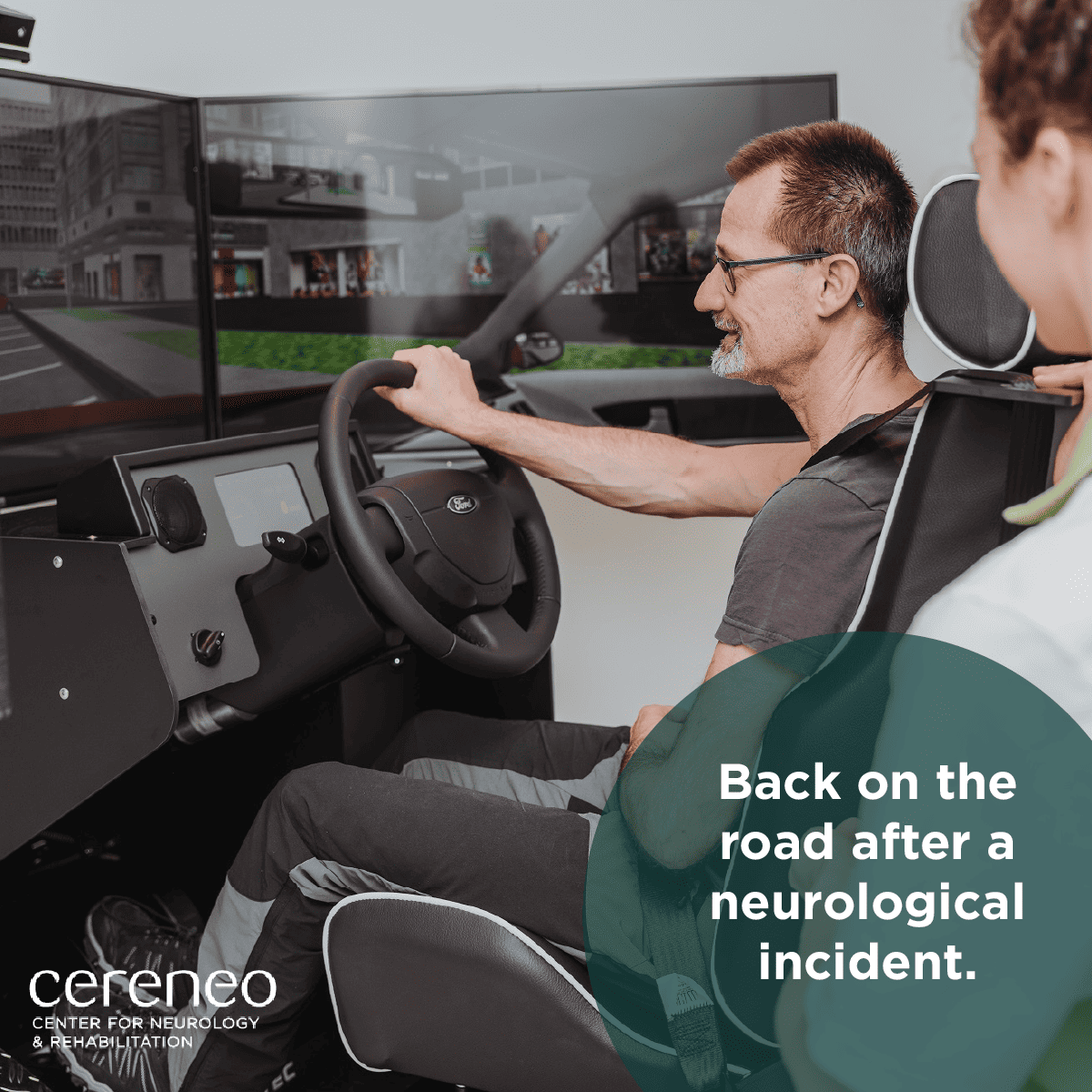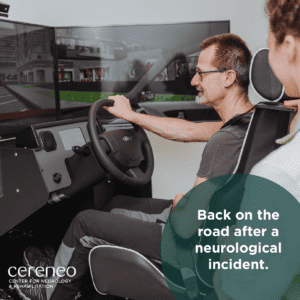One in four people is at risk of stroke in their lifetime (World Stroke Day Campaign, 2019).
Every other second, someone – regardless of age or gender – has a stroke, totalling over 17 million strokes a year and resulting in six million deaths. Strokes in the young (< 50 years) are particularly becoming more frequent. While prevention measures and timely recognition of stroke-risk symptoms help improve survival and disability, most people who experience a stroke will still survive with disability of some kind.
These individuals can benefit from neurorehabilitation. Neurorehabilitation aims at restoring brain function to avoid, or at least minimise, disability, thereby reducing dependence on nursing or other assistance, and ultimately improving quality of life.
A stroke is likely to change a patient’s life. Stroke survivors often not only have difficulty moving, thinking, reasoning and expressing themselves, but live with such secondary consequences as depression, social or financial difficulties, and immobility-related diseases.
Neurorehabilitation focuses on reducing disability as early as possible after the stroke and preventing these secondary consequences. A key factor to successful neurorehabilitation is the patient’s internal motivation. Below, Dr Luft explains more about the role of rehabilitation and motivation in stroke recovery.
To what extent can personal motivation contribute to a patient’s recovery?
While support can come from caregivers, family members and other stroke survivors, another part of stroke recovery is the patient’s internal motivation. Staying dedicated and determined to overcome the difficulties after a stroke can be challenging, but is necessary to try. It has been shown (2019) that higher internal motivation during neurorehabilitation will contribute to better improvement in the independence of the patient (functional independent measure).
That is why our interdisciplinary team will do everything to pursue this together with the patient and her or his family. A wonderful example of finding and using intrinsic motivation would be the remarkable story from a former cereneo patient with a passion for kayaking on the Swiss lakes, but who had to relearn moving, walking and swallowing after a stroke. With the help of our medical and therapeutic team, intense therapy and incredible dedication, he managed to get back on the water again. Truly an achievement!
How long does stroke rehabilitation last?
The duration of stroke neurorehabilitation depends on the severity of the stroke and the neurological impairments. Of individuals who have experienced a stroke, approximately 50% would need three months of neurorehabilitation on average. Neurorehabilitation is already possible a few hours after the stroke. It is always best to go to a specialised stroke neurorehab centre and start as early as possible.
At cereneo, the average duration of stay is four to five months, but some patients return frequently thereafter for what we call “intense training vacations”.
Does rehabilitation really improve treatment results after a stroke?
Yes. This has been shown by a large body of clinical research conducted in the past 20 years. It is important to note that recovery is not always a given, as suggested by the often-cited “proportional recovery rule”, which states that recovery is limited if the initial deficit is severe. Our research (2019) suggests that ‘’the potential for recovery in every individual patient is not predetermined and could be improved upon with the right therapy’’.
“Physical rehabilitation should not be limited to compartmentalised, named approaches, but rather should comprise clearly defined, well-described, evidence-based physical treatments” (Pollock et al., 2014). In other words, no single approach is more or less likely than another to recover function and mobility after a stroke. Patients benefit the most from a therapy programme tailored to a person’s neurological deficits and further needs.










